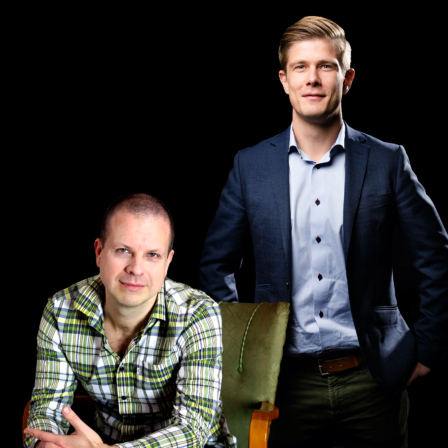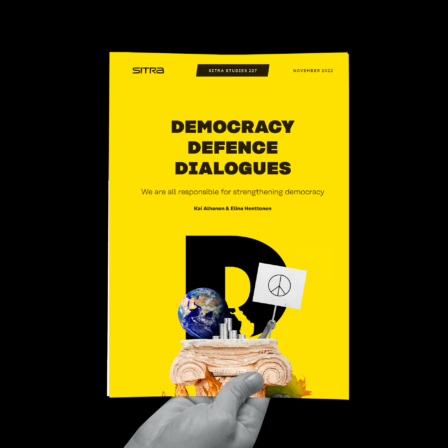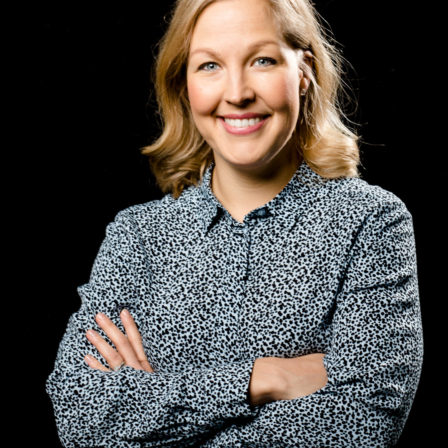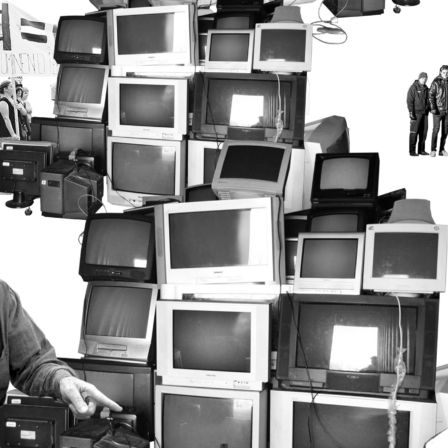Where do new methods and approaches of facilitation and societal development stem from? I pondered this question more and more at the end of 2016. I made frameworks for visualising the differences between various inclusive methods. A threefold of methods appeared: cooperative development, deliberative methods and dialogue. We selected these approaches for methods of experimentation at Timeout-events around Finland.
We toured from one town to another during the Finland 100 and Sitra’s 50th jubilee year and had discussions at Timeout-events about the future of Finland, democracy, work and progress. The discursive approach was not as important as the participants’ experience of the events. Were we talking about the right topics, were we building trust in the future, and did we understand the local and societal changes better?
At best, we created conceptual bridges between big global changes and personal feelings and experiences:
“This was insightful! It was valuable to hear the expert presentation, and then be included in the bigger discussion. This made me understand the situation of me and my town better; this is something that takes place everywhere. We need a discussion where different viewpoints and opinions are really listened to and taken into account,” a participant commented at the Timeout-event in Kemijärvi.
The goal was to create a method that anybody could use for generating and having a public discourse.
Timeout had another big mission, too. The goal was to create a method that anybody could use for generating and having a public discourse. Our experiments indicated that the introduction of deliberative methods would have required a longer timespan from the towns and cities for the planning and implementation. We also learned that cooperative planning and different workshop methods are already part of daily life even in small towns. Dialogue, in turn, turned out to be the most unfamiliar and interesting approach. This is surprising, as dialogue is, in a way, a return to the simpler things. The important things are equal encounter, listening to the others, being present and mutual respect. These are also prerequisites for good cooperative planning and development. We decided to focus on dialogue in Timeout, and selected it as Timeout’s conceptual approach.
As dialogue is a cross-sectional phenomenon if any, and dividing it into societal sectors is impossible, we decided to openly ask who would be interested in developing the Timeout-concept based on discursive methods with us. We also knew that concepts which do not provide answers to real needs, are rarely successful. This is why you have to include both users and stakeholders from the very beginning.
The application period for the Timeout develoment group was open in July 2017, and generated as many as 80 interesting applications. We found an eager participant from every societal sector to develop the Timeout-concept together.
Tools for discussion leaders
In the autumn, a group of 20 developers started working with the Timeout-concept. Service design agency Palmu supported the work by interviewing the concept’s target group and constructing user understanding, which provided the basis for the concept. The development group worked in a way typical for innovative processes: coaching, developing and challenging. The group’s activities reflected the social laboratories used in social innovations. Zaid Hassan (2014) reminds us that social laboratories have a simple starting point: a varied but committed group of participants is required for the application of principles of fast experimentation to the systematic investigation of problems.
The development group met four times during 2017, and made five experiments outside the meetings. In the meetings, the contents for the online toolbox were tested, and messages were created for bringing about a reform of societal dialogue.
All sectors have discussion leaders
During the autumn, we learned that the Timeout-concept had to be directed specifically at discussion leaders, in other words, the main users. They exist on all societal sectors, and they have a need for methods of dialogue for supporting inclusion work on a daily basis, as well as for surprising situations of possible conflict. Focusing on user understanding indicated that instructions are not enough, but we also need questions leading to personal insights, clear language and concrete content, such as vocabulary for leading a dialogue. Many people said that discussion situations made them nervous, and they would like peer support and encouragement from other experienced discussion leaders. The role of leaders as gatekeepers was emphasised; if the boss is not open for using dialogue, you cannot implement it in your own work.
As a result, three products were born: the Timeout-website for discussion leaders and main users, and note cards for leading a discussion and a publication throwing light on the dialogue reform specifically directed at decision-makers in society.
At best, dialogue creates new knowledge and meanings
In the development of Timeout, we have believed in the power of dialogue. In dialogue, the participants do not only share their views and experiences, but at best, they also create entirely new knowledge and meanings. Learning dialogue is a lifelong task, but you can start lightly today. The Timeout-website offers tools for the planning, implementation and assessment of discussion. You can download note cards for leading a discussion, which will be helpful as soon as you start leading a conversation. If you want to delve deeper into the world of societal dialogue, check out these pages for articles, blogs and the publication Dialogin vuoro.
Sources:
Hassan, Z. (2014). The social labs revolution: A new approach to solving our most complex challenges. Berrett-Koehler Publishers.
















Recommended
Have some more.